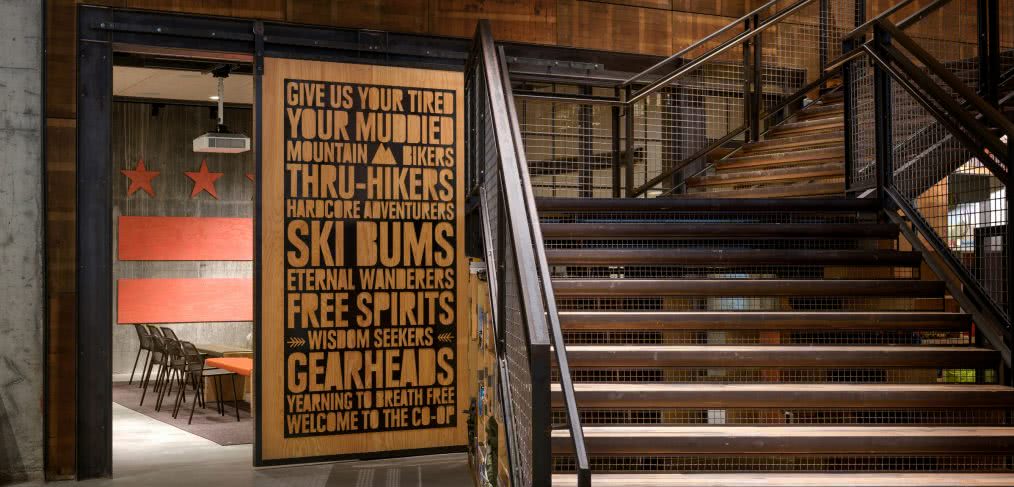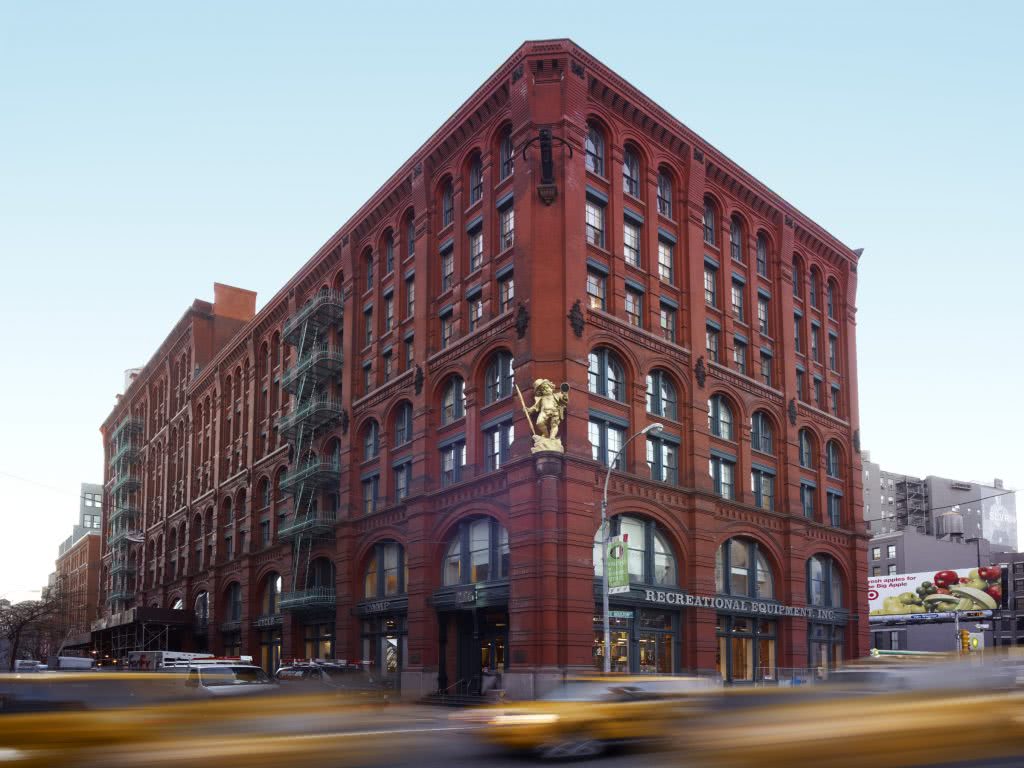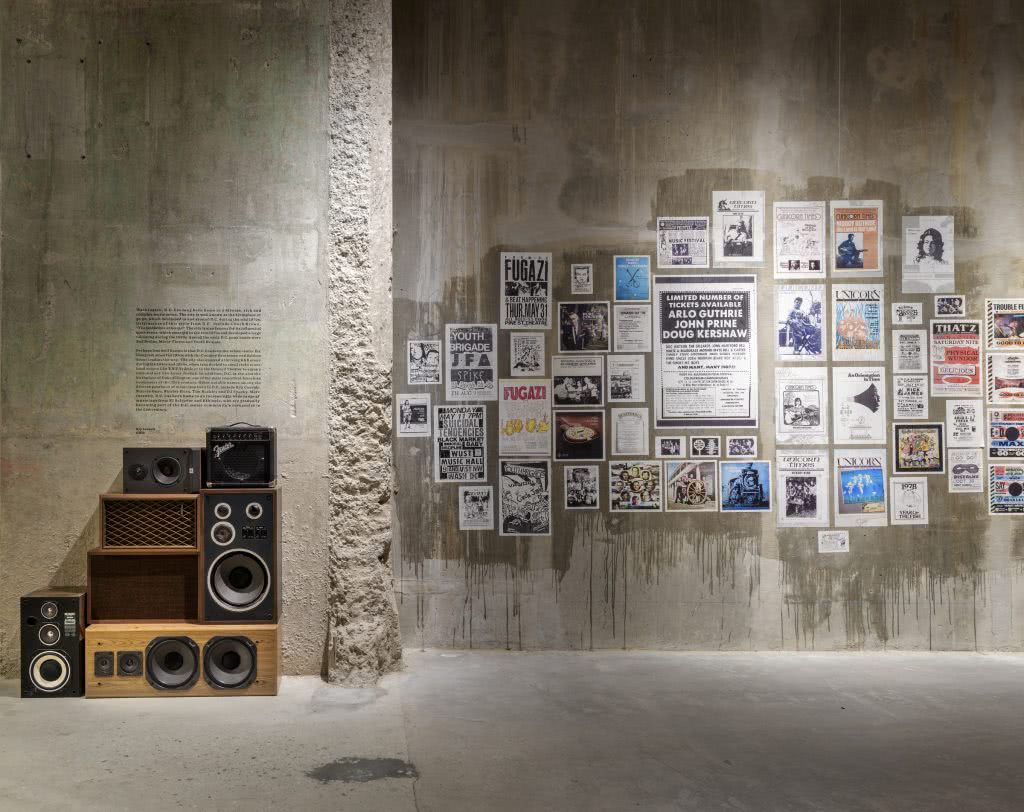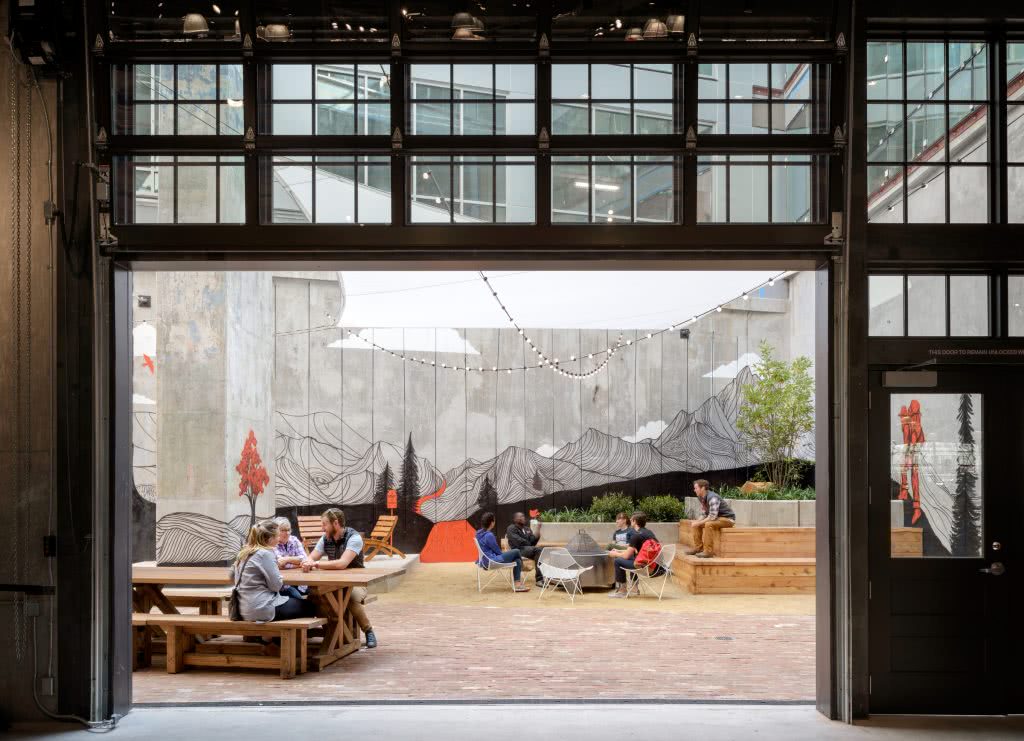
Exploring the New-Old Landscape
CRTKL’s David Curtis explores recent developments in building repositioning.
Urban centers are growing—and quickly. But as people flock to cities, the scarcity of available land is leaving developers at a loss. When there’s no buildable land left, how do we even begin to accommodate the swelling number of city-dwellers?
Well, our first step is to review our existing building stock. Can a current building be reconfigured? Can we find an alternative use for it? These are the central questions when considering building repositioning.
A property that is not meeting its full potential due to size, use, zoning, changing demographics or other circumstances is considered under-improved land—and it’s the key to solving our cities’ space crises. Over time, a building’s use can evolve into something drastically different than how it began. Building owners and developers simply need to ask, “What’s the best use for this property or building?”
One recent trend has been to transform light industrial spaces into retail uses with ground floor exposures and either residential or commercial office spaces above. Mixed use spaces like this have enhanced neighborhoods by increasing the quality of life for its residents.
Take, for example, the CRTKL-designed REI SoHo. CRTKL worked with REI to renovate the Puck Building—a beloved historic landmark in NYC—to create a space that provides shoppers with an authentic retail experience while also respecting the history of the building and brand.

More recently, our practice worked with REI to design their newest flagship in Washington, D.C. in the historic Uline Arena, a sprawling brick masonry structure with a concrete barrel-vault roof. The team used original seating from the area as a wall installation. Vintage posters honoring the bands that had graced the storied stage decorate the walls, and reused wood panels finish the east interior wall.

It’s not just about reusing materials, though. Building repositioning means taking a space that formerly had one use and creating a place with an entirely new use. With the REI DC example, CRTKL transitioned a stadium and a concert hall into a retail space. But it’s so much more than that. The new REI building also supports offices and community. With spaces for gathering, a La Colombe coffee shop and an open courtyard, REI acts as a catalyst for neighborhood regeneration. REI gave Uline Arena a new life—and a new identity.

But adaptive reuse must also enhance sustainability. This can be done in a myriad of ways including reuse of exiting materials and utilizing the current core and shell. The benefits, besides the obvious environmental ones, include lower development costs, a smooth transition and an enhanced contextual relationship with the surrounding city and neighborhood.
Building repositioning can also be used to update office buildings. Giving an office complex or tower a new façade can dramatically increase curb appeal and create an open, inviting streetscape that connects the workplace to the surrounding community. It also gives developers the ability to offer the savviest amenities, updated technology and sustainable designs—all within an existing building. As with repositioning for retail, though, it’s more than just reuse of previously used materials; it’s a total reprogramming of the building’s physical aspects.
Importantly, though, developers must consider the “improvement ratio” of each specific site. This means balancing the ratio of the value of improvements with the value of the property, allowing developers to improve a particular site without overspending.
